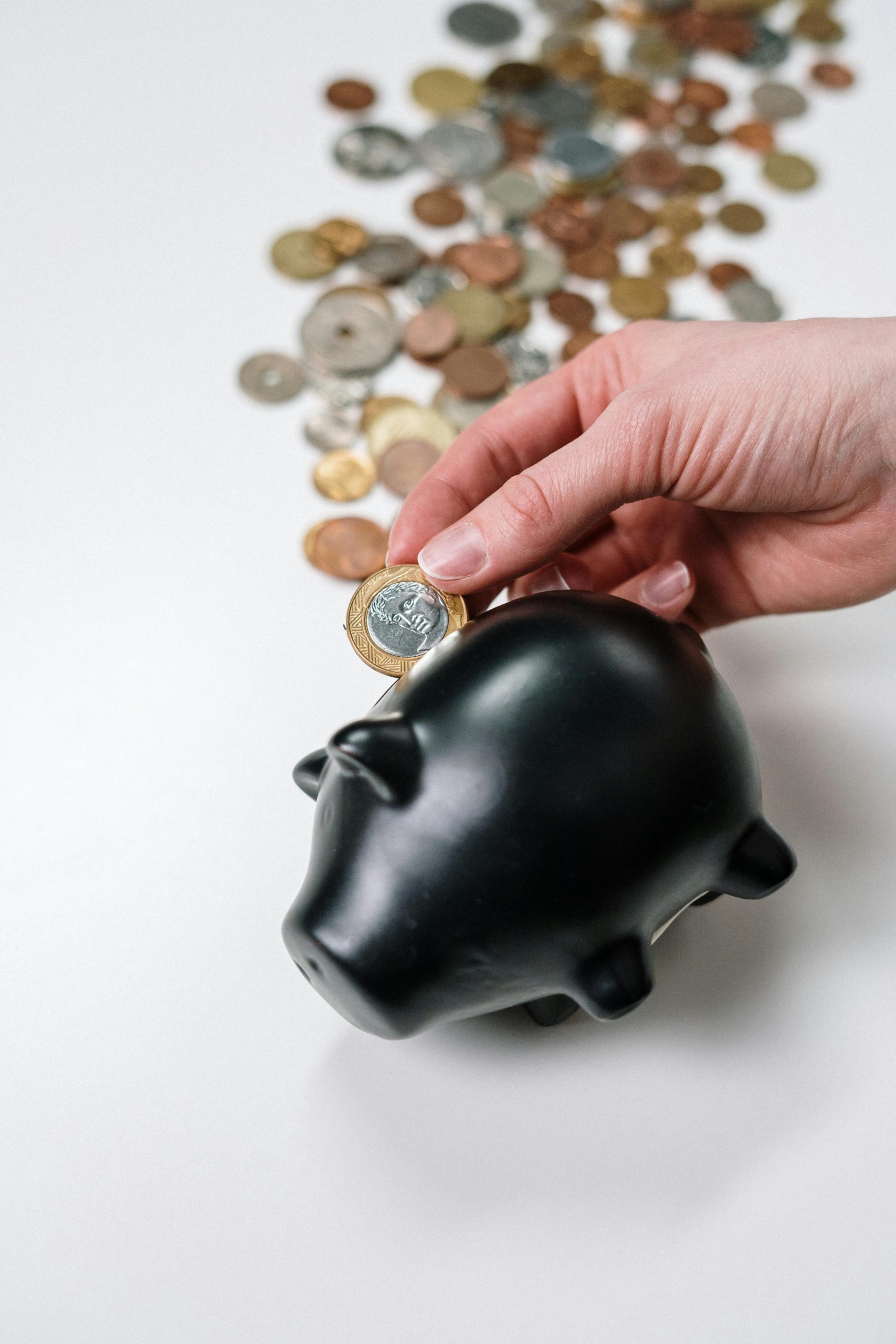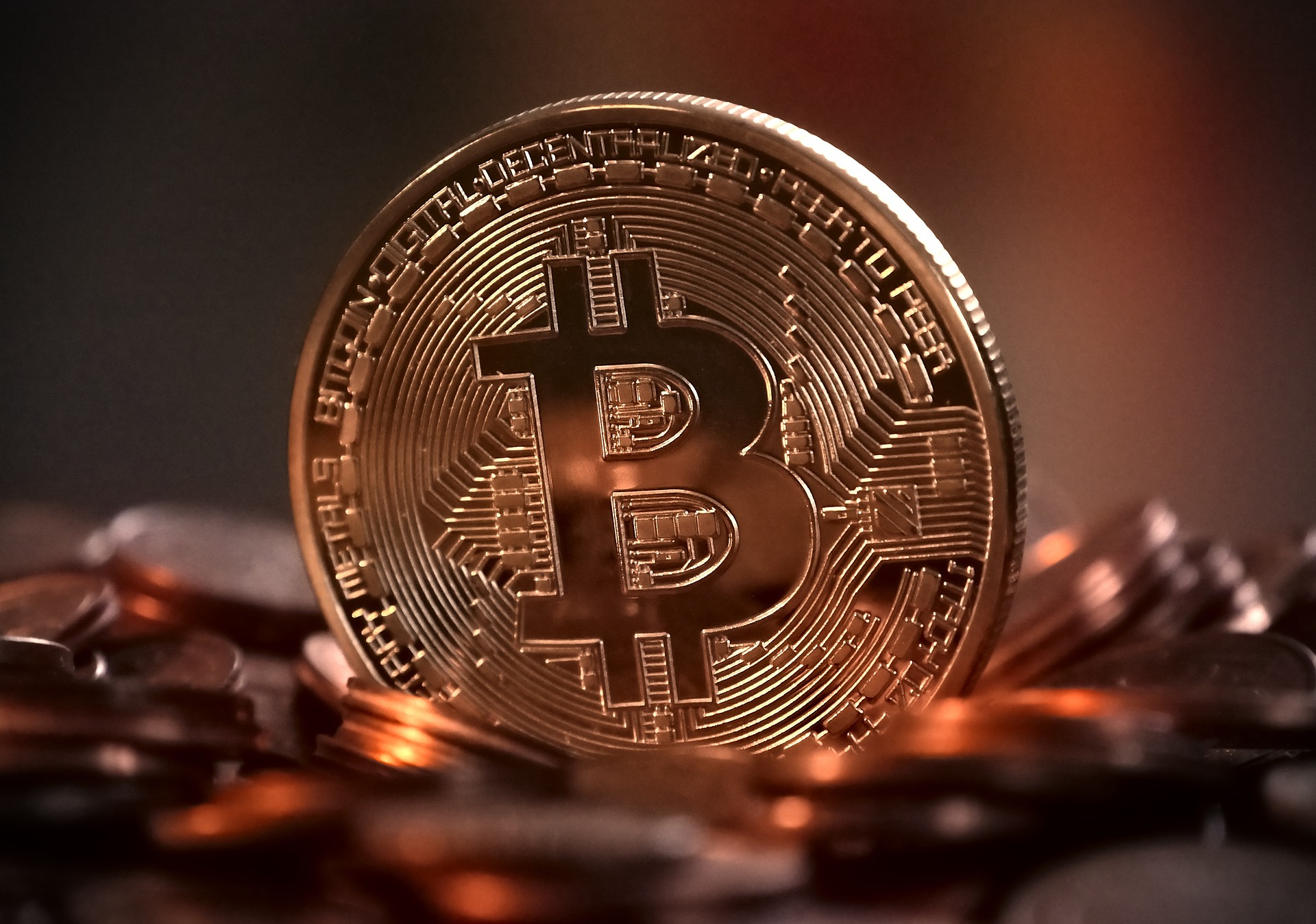Imagine this: you’re just doing your thing at work when your boss unexpectedly calls you into the office and breaks some bad news – you’re being let go. The first wave of panic hits, and thoughts race: rent, bills, food. How will you manage? It’s a situation none of us want to face, but one that could happen to anyone. Life throws curveballs, and not just the “I forgot my phone charger” type – we’re talking job losses, unexpected medical bills, car repairs, and other big expenses that can knock us off our feet. Read More
This is where an emergency fund steps in as a powerful tool. It’s like a superhero cape you can pull out when you least expect it. An emergency fund isn’t just money; it’s peace of mind. But building one can feel like a tall order. Let’s break it down and look at how you can start saving today.
What Exactly Is an Emergency Fund?
An emergency fund is a stash of money set aside for unexpected expenses. Think of it as your “financial cushion” – ready to soften the blow of life’s little (and big) surprises. An emergency fund isn’t about luxury or even convenience. It’s about stability and resilience. When you have a reserve to fall back on, you’re less likely to rely on high-interest loans or credit cards to get by in tough times.
How Many Zambians Are Prepared?
While emergency funds are popular financial advice worldwide, the situation in Zambia paints a realistic picture. According to the Zambia Institute for Policy Analysis and Research, a majority of Zambian households are often financially stretched, making it difficult for many to set aside savings. For instance, research highlights that the average Zambian household’s monthly income typically goes straight to essentials like rent, food, and transport, with limited room for extras. However, with a bit of focus and a plan, building even a modest emergency fund is achievable for anyone.
Why You Need an Emergency Fund
Imagine a future with a buffer fund that shields you from financial stress. Having an emergency fund means that if something goes wrong, you have cash on hand to cover it. This could be anything from unexpected medical costs to emergency repairs. Without one, your options might be borrowing from family or friends or taking out a high-interest loan – which can lead to a cycle of debt.
In the U.S., Bankrate’s research showed that 44% of Americans could cover a $1,000 expense with savings, while the rest might have to turn to credit cards, loans, or family support. While Zambian data may differ, the principle remains the same: unexpected costs pop up for everyone, everywhere, so having that financial cushion is vital.
How Much Should You Save?
When it comes to building an emergency fund, start small, aim big. Financial experts typically recommend saving three to six months’ worth of expenses. This means adding up your essential costs – rent, utilities, transport, groceries – and setting a goal to cover these for several months. For example, if your monthly basics are K3,000, aim for a fund of K9,000 to K18,000. While that can sound intimidating, the key is to break it down into manageable goals.
Getting Started: 7 Easy Steps
1. Create a Budget
Budgeting is your friend when it comes to building an emergency fund. Take a good look at your monthly income and expenses. Are there areas where you can trim down a bit? Maybe that extra trip to a fancy coffee spot or a streaming service you barely use. Every Kwacha counts when you’re working toward a bigger goal!
2. Set Your Savings Goal
Decide on an amount that works for you. Setting your target will help you focus and stay motivated. If six months’ worth of expenses seems daunting, start with one month and work up from there. You can even start with smaller goals, like saving K500 or K1,000, and grow your fund over time.
3. Automate Your Savings
Set up an automatic transfer to your savings account every time you get paid. You can even arrange a split direct deposit so a part of your paycheck goes directly into your emergency fund. With automation, you’ll barely notice the money leaving your checking account, but over time, those small amounts will add up.
4. Find a High-Interest Savings Account
Look for a savings account with a good interest rate. In Zambia, some banks offer competitive interest rates for fixed deposits and savings accounts. Compare options – some may require a minimum balance or have monthly fees, so be sure to pick an account that maximizes your savings. Online-only banks sometimes offer higher rates and fewer fees than traditional banks, so they might be worth a look if available.
5. Cut Back Gradually
Small changes can lead to big savings. If you’re saving K50 here and K100 there, it’s all adding to your fund. Cut out minor expenses where you can, like eating out or buying new clothes too often. Remember, you’re making these adjustments to build a buffer that’ll ultimately give you peace of mind.
6. Boost Your Savings Over Time
As you get comfortable saving, try to increase the amount you’re setting aside. If you started with K100 a month, see if you can bump it up to K150 or K200. Every little bit helps and can bring you closer to your goal more quickly.
7. Track Your Progress and Stay Motivated
Seeing your emergency fund grow can be incredibly motivating! Set milestones, like reaching K1,000 or K5,000, and celebrate each win (without splurging on something that derails your progress). Regularly review your savings and adjust if needed. Staying engaged with your progress will keep you on track.
What’s the Best Place for Your Emergency Fund?
Your emergency fund needs to be accessible but not so easy to dip into that you’re tempted to spend it on non-essentials. A high-yield savings account is ideal because it gives you both access and some interest on your savings. Avoid tying up your emergency fund in investments that are hard to liquidate, like stocks, which could lose value when you need cash.
Some people prefer to stash their emergency savings in a separate account entirely, so it’s a bit “out of sight, out of mind.” This small barrier can help you resist the urge to tap into the fund for non-urgent expenses.
Stick to It!
Remember, an emergency fund doesn’t happen overnight. For many people, it can take months – even years – to build a comfortable reserve. Don’t rush or feel pressured to save everything immediately. Progress is progress, no matter how small it might feel. Even setting aside K20 or K50 every week will gradually add up.
Life is unpredictable, but having an emergency fund gives you one less thing to worry about when things go sideways. As you work on building yours, remember that every little bit counts. Saving today means less stress tomorrow, so make your future self proud!




Leave a Reply